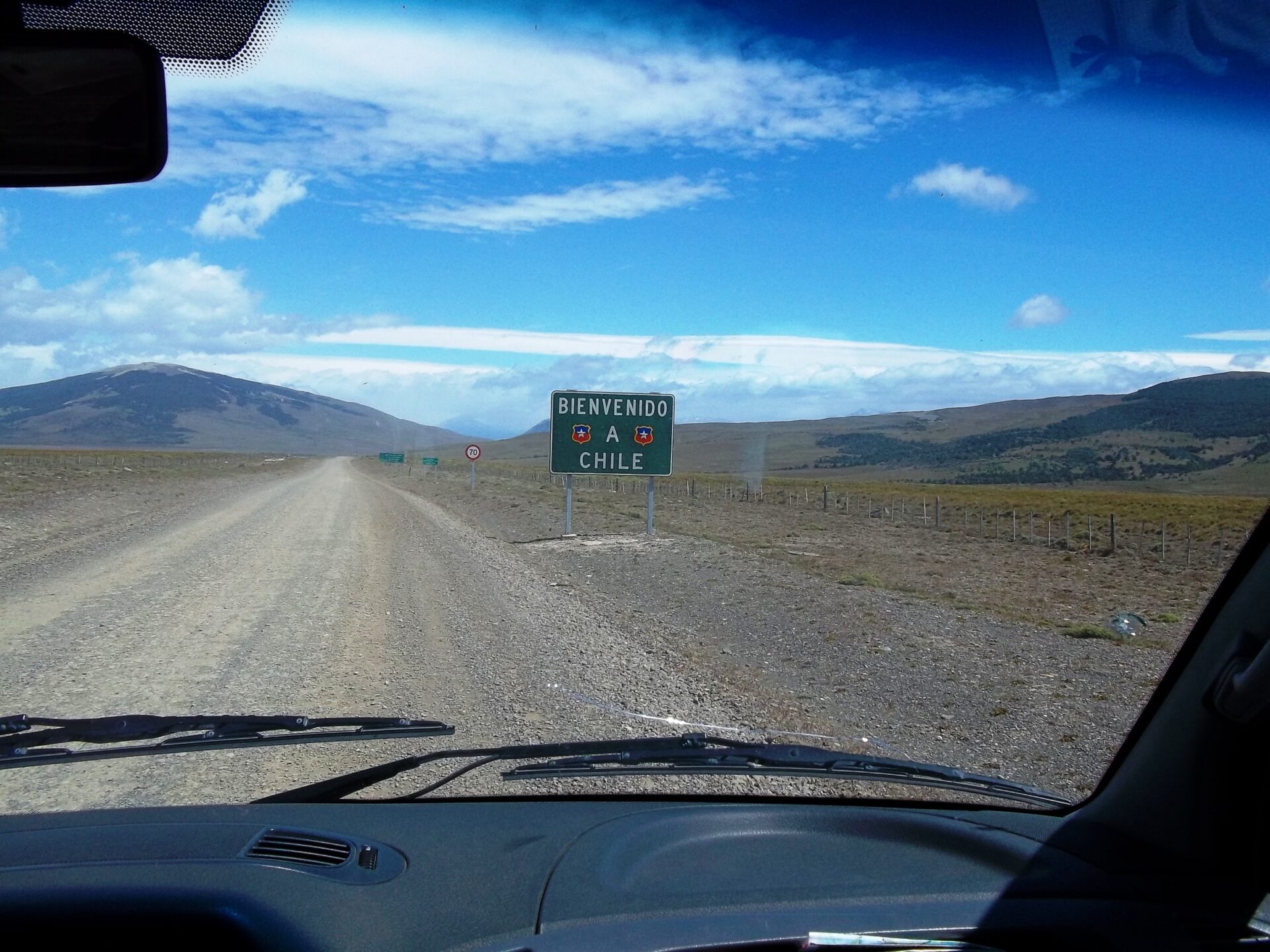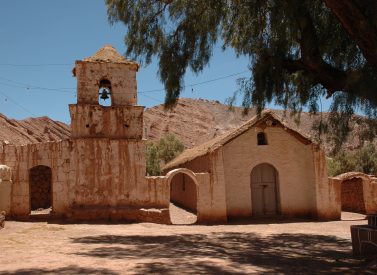Self drive – guide to driving a hire car in Chile
 by Kathy Jarvis on 13th September, 2019
by Kathy Jarvis on 13th September, 2019

Chile is the perfect country for a self-drive holiday. Here is our handy guide.
In the Central part of the country there is a good network of “autopistas” – motorways/highways. These are good quality, tarmac surface, private and have frequent toll points.
The Panamerican highway runs from Arica in the north to Puerto Montt in the south and is a good quality, well paved road. The main trunk roads which branch off this are generally good quality and paved. These are also well signposted, which is helpful.
In Patagonia the main Panamerican highway becomes the carretera Austral (Austral Road) and as you go south it becomes less busy, less good quality and considerably narrower. Beware as there are many sectors of this road that are unpaved, just gravel. Driving should be undertaken with great care as skidding on the gravel is a risk and it is all too easy to overturn a vehicle, plus there are some steep drops off the edge. Bear in mind the distances between villages / towns and be prepared for a lack of services. Generally there is very little traffic on the southern part of the Chilean carretera Austral. Scenically, it is hugely spectacular. The roads are also unsurfaced gravel in and around the Torres del Paine National Park as well as in the Atacama altiplano in the north.
It is worth checking the car hire conditions carefully as some car hire companies will not cover costs of tyre damage or overturning a vehicle.

Driving in the Torres del Paine NP
Driving in big cities is chaotic with many traffic issues. In Santiago, depending on the climatic conditions and pollution levels in winter, vehicular restrictions may be imposed. It is important to keep yourself informed. Plan your routes in advance and stay up to date on road conditions.
Copec, the Chilean petroleum company publish a good set of guides (in Spanish) and road maps.

O’Higgins Avenue, Santiago
Rules & Regulations for driving in Chile
Make sure you fully understand all the road rules before you start your journey in Chile.
- Driving is on the right hand side.
- Overtaking is on the left.
- Seat belts must be used by all occupants of the vehicle.
- The alcohol driving limit is very low (0.05%) so it is best not to drink any alcohol if you are driving. Heavy fines and possible imprisonment may be the result of exceeding the blood alcohol limit.
- It is a severe offence to use a mobile phone whilst driving unless it is hands-free.
- Using headphones or smoking whilst driving is prohibited.

Driving in Chile
Precautions for driving in Chile
- Take care when merging or changing lanes. Drivers might not signal when doing so and might not give way on merging.
- When you are approaching a road junction or a hill drive slowly.
- Give way to pedestrians at all times.
- Many of the highways are toll roads so make sure you have cash (pesos) to pay the tolls (peaje).
- Make sure to slow down if you see the police, “Carabineros” sign (crossed rifles on a green background) as you may be asked to stop for a routine control.
- In cities study your routes. There are many one way streets and in some cases the street direction may vary depending on the time of day.
- Petrol is sold in 93, 95 and 97 octane variants. Make sure you know which is right for your vehicle.
- Urban highways in Santiago charge tolls automatically by tag. Make sure your vehicle is fitted accordingly.
- In rural areas beware of agricultural machinery, animals, cyclists, horses and horse drawn carts as well as other vehicles.

Photo stop rural Chile
Speed Limits
- 100 km/h rural roads with one lane, 120 km/h on two-lane highways
- 50 km/h in urban areas

Rural road in the Atacama
Things to Bring Along
- Full UK or other nationality driver’s licence (check if you need an international one).
- Carry your passport and driver’s licence with you, make sure you have the vehicle’s paperwork and insurance details in case you are stopped by the police known as Carabineros. You will be asked for these documents.
- A road map of the area you are driving in.

Rural road Chiloe Island
Additional Information
- Distances between destinations in Chile can be large so make sure that you refuel at petrol stations.
- If going into remote areas make sure you have an idea of where you can get petrol when pre planning your route.
- Many petrol stations in Chile are still manned. They will up your car, clean your car windows and control the oil and water level if desired.
- Emergency services numbers: 133 for the police, 132 for an ambulance/ medical services. 131 for the fire department.
- Parking is generally easy in most of Chile but beware that parking spaces may be narrower than you are used to. Also, check to see if it is free parking or there are parking attendants or meters.
- All road signs are in Spanish.
For some Chile self drive holiday inspiration go to: Chile, self-drive holiday suggested routes

Parking the hire car, Chile


 a Tailor Made Tour
a Tailor Made Tour 








